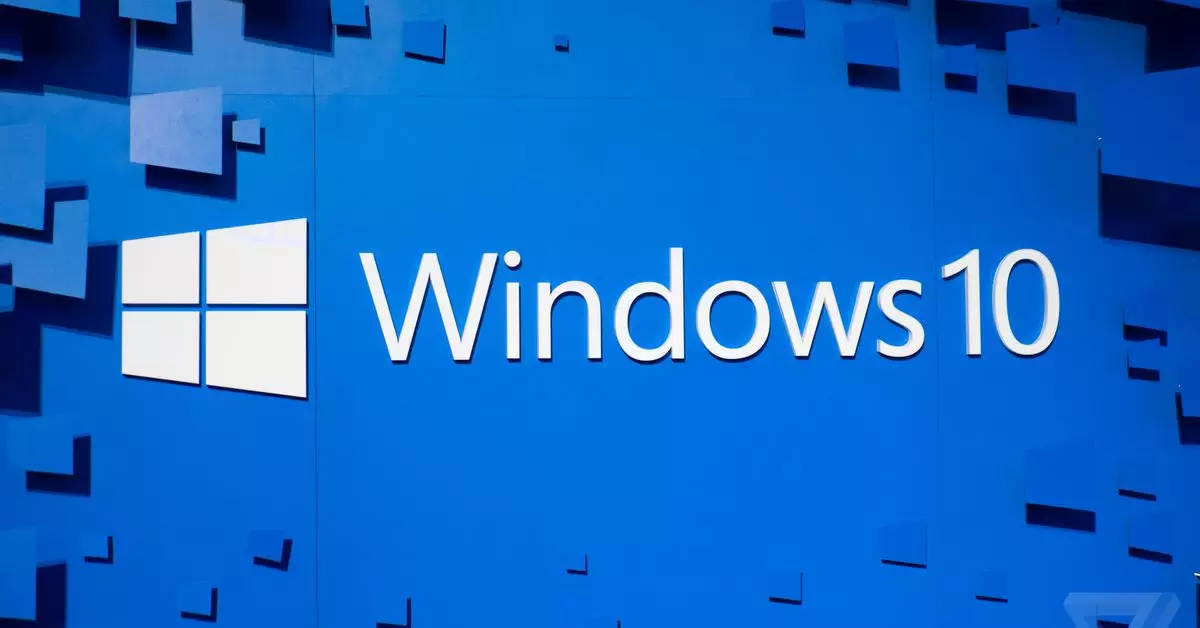As tech enthusiasts and consumers alike brace themselves for the upcoming end of support for Windows 10, Microsoft has announced a new option for individuals looking to maintain their system’s security. Starting in the near future, consumers will have the opportunity to purchase Extended Security Updates (ESU) for an annual fee of $30. This marks a significant change in how Microsoft manages support for its operating systems, especially considering that support for Windows 10 is slated to conclude on October 14, 2025.
This ESU offering comes as a single year of security updates, diverging from the multi-year subscriptions available for businesses. For corporate users, the pricing structure offers a tiered approach: $61 for the first year, $122 for the second year, and $244 for the third year. Such a distinction raises questions about the value being offered to consumer-grade users versus enterprises, potentially highlighting Microsoft’s recognition of differing needs within these markets.
Yusuf Mehdi, Microsoft’s Chief Marketing Officer, specified that while enrolled PCs will continue to receive critical and important security updates, the stream of new features, bug fixes, and technical support will cease. This differentiates consumer offerings from enterprise options which typically entail broader support functions. It signifies a shift toward reinforcing the importance of moving to Windows 11, all while recognizing that many users may not be ready to transition immediately due to various factors, including hardware compatibility.
The looming deadline might force consumers into a difficult decision: Either continue with a version of Windows that is rapidly approaching obsolescence or invest in new hardware that meets the increased requirements if they wish to upgrade to Windows 11. The proposed transition not only comes at an added cost but also brings to light concerns regarding the ongoing economy and how upgrading might place a financial strain on the average consumer.
Microsoft’s messaging is resoundingly clear: the company is championing a move to Windows 11, suggesting that now is the perfect time to upgrade. However, transitioning to this latest operating system is not as straightforward as it may appear; a significant portion of older computers do not meet the new hardware requirements, including the recent necessity for Trusted Platform Module (TPM) chips and CPUs released from 2018 onward. Consequently, consumers could find themselves in a position where they need to purchase entirely new machines, amplifying the costs associated with upgrading.
This move has created a mixed reception among users. For some, the latency in adopting Windows 11 can be traced back to the reluctance to abandon a system that has served them for years. Others might be deterred by the steep financial investment involved in upgrading both hardware and software.
Interestingly, data suggests that while Windows 11 adoption has been sluggish compared to its predecessor, there are indicators of gradual improvement. In August, Windows 11 briefly overtook Windows 10 as the most popular OS for gaming on platforms like Steam, but slid back in September. This fluctuation highlights the evolving nature of user preferences and the complexities of transitioning to newer software while legacy systems remain functional and effective.
Microsoft’s strategy to re-engage Windows 10 users by reopening the beta program earlier this year further complicates the situation. Users who thought they would see fewer updates might now experience new features and improvements, making them more inclined to stick with their existing operating system. This ambiguity perpetuates a cycle of uncertainty that could affect long-term user loyalty and impact how quickly consumers will transition to Windows 11.
As the October 2025 deadline draws closer, the landscape will likely shift dramatically, exposing weaknesses in Windows 10’s appeal as users navigate their security update options. With many lingering questions regarding usability, cost, and support, consumers are left contemplating their next steps. The long-term implications of this transition will not only define Microsoft’s trajectory but also the future of personal computing for millions around the globe. The push for Windows 11 underscores not just a technological evolution but a fundamental change in how consumers engage with digital platforms in an ever-changing tech ecosystem. The coming years will reveal whether this strategy pays off for Microsoft and its clientele or if it will lead to dissatisfaction among users reluctant to pay for transitional security measures.


Leave a Reply